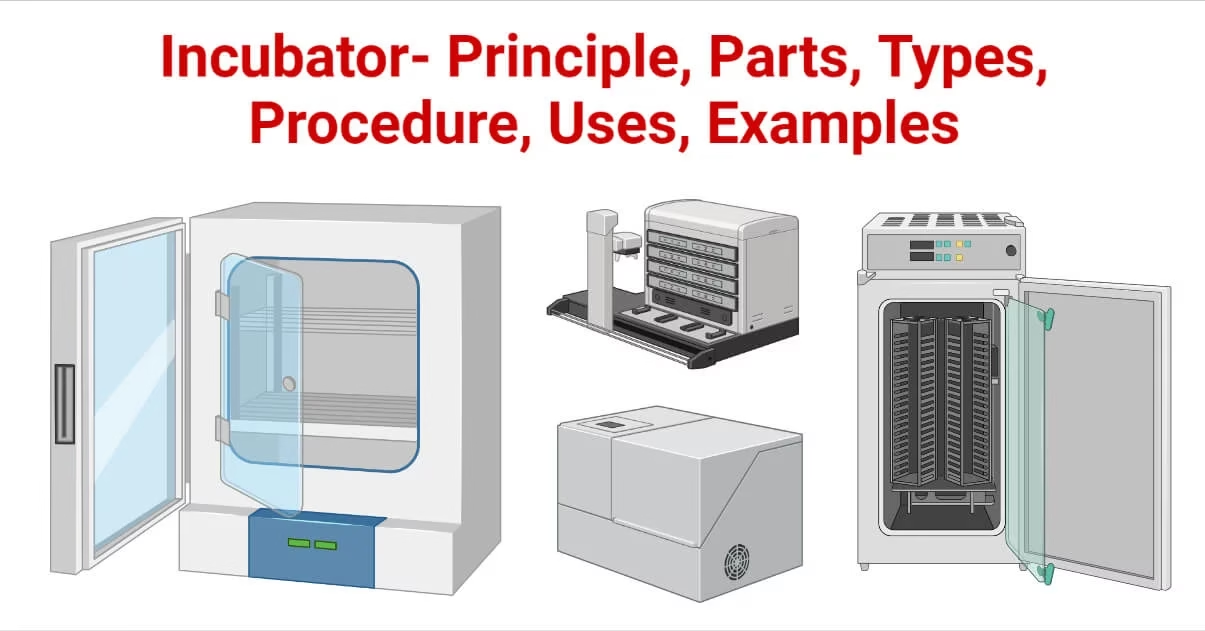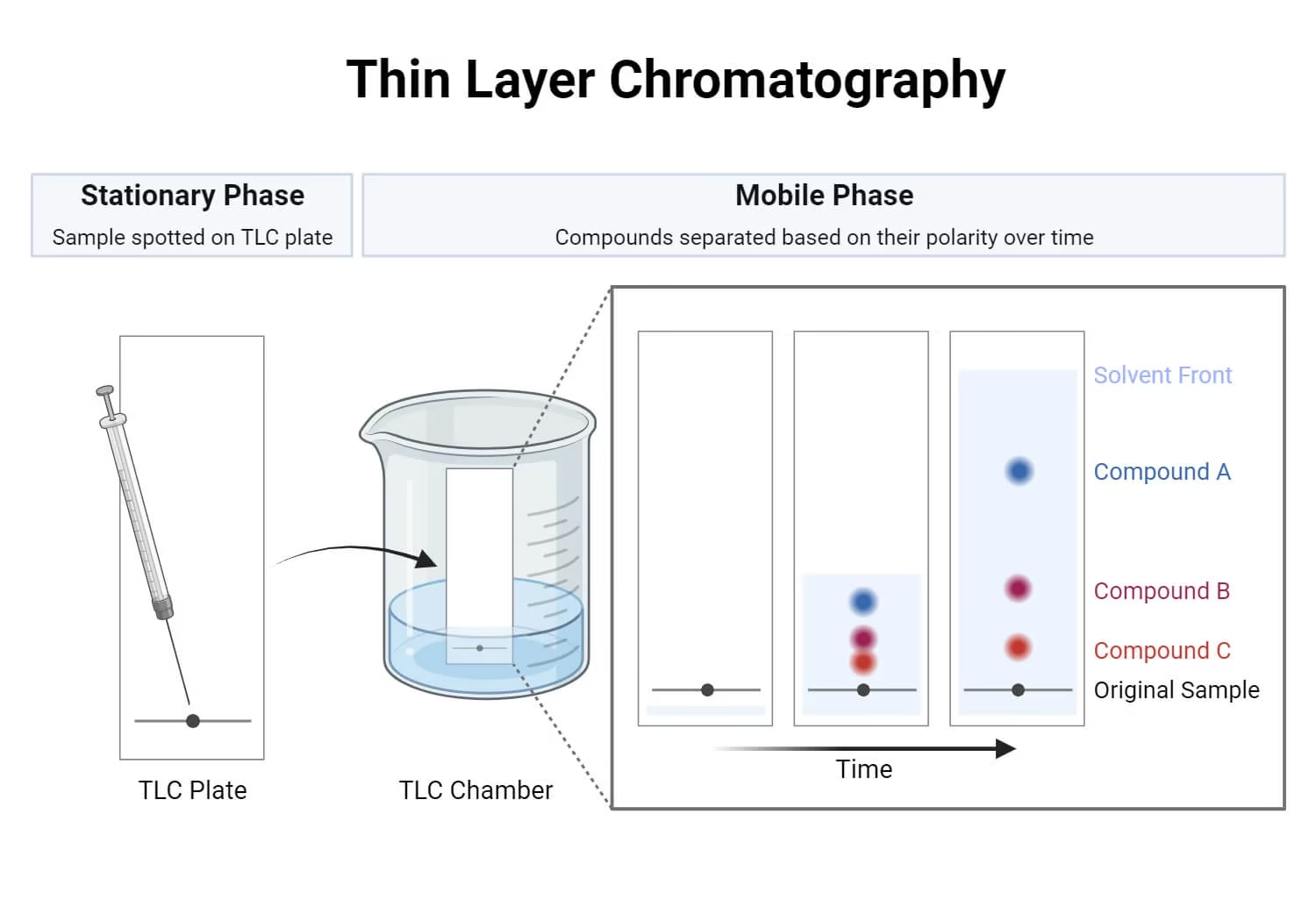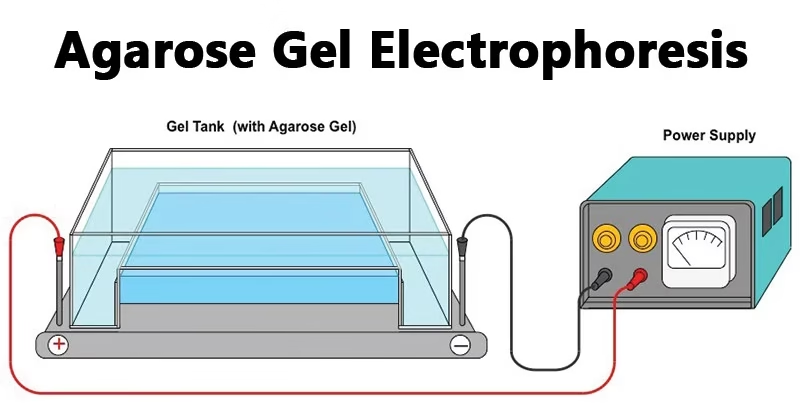Micropipette – Definition, Types, Parts, Working, Applications, Errors, Calibration & Limitations
A micropipette is a laboratory instrument designed to measure and transfer very small volumes of liquid (in microliters, µL) accurately and precisely. It is essential for experiments in molecular biology, microbiology, biochemistry, and pharmaceutical sciences.









